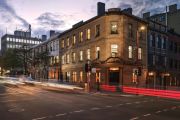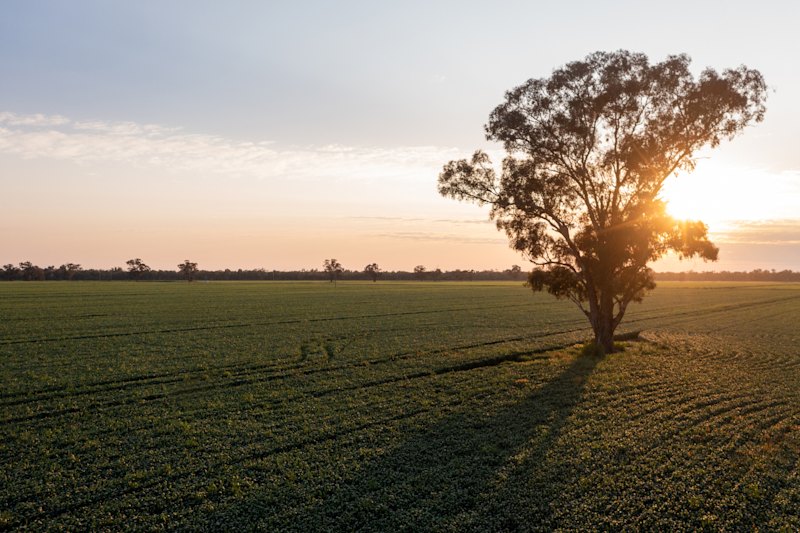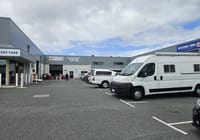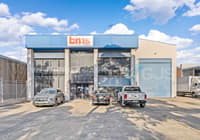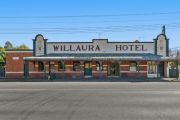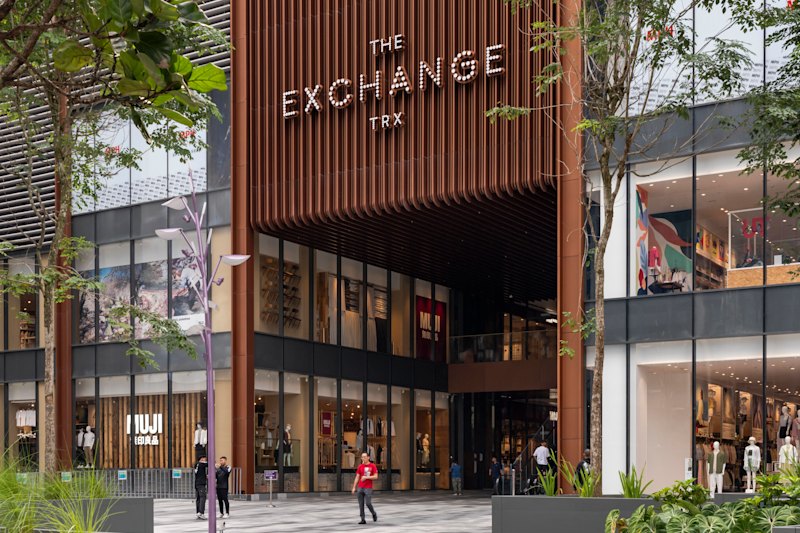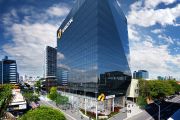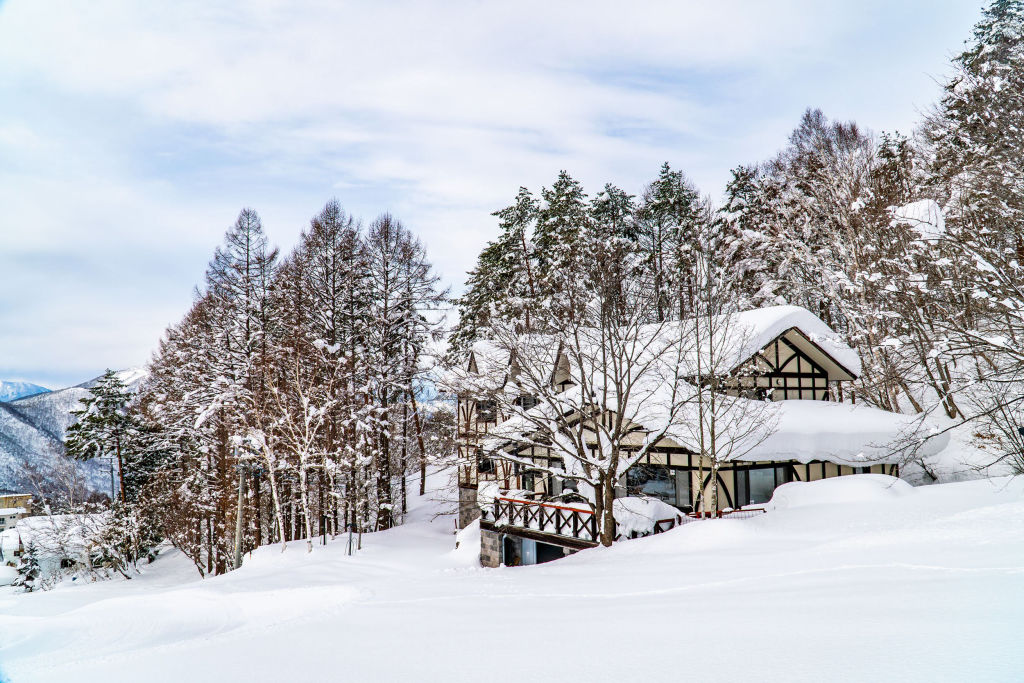
Why Australian investors are heading to Japan's ski fields
Australians are travelling in ever-growing numbers to ski in Japan and this is leading to an increasing number of them buying a property that they can rent out when they’re not there, as well as commercial ventures such as guest houses and hotels.
The investment spree started with small units in popular ski areas like Niseko 15 years ago, and has now spread to bigger properties in the less well-known resort regions.
“There’s still certainly a lot of interest from Australians in buying property in Japan and they’ll be playing a more significant role in areas beyond Niseko now,” said Simon Robinson, of Hokkaido Tracks Real Estate, which has built more than 200 properties in the Niseko-Hirafu area.
“Hotels and guesthouses are now certainly a part of that story. There’s a wide variety of such properties on the market, and Australians have only just started scratching the surface.”
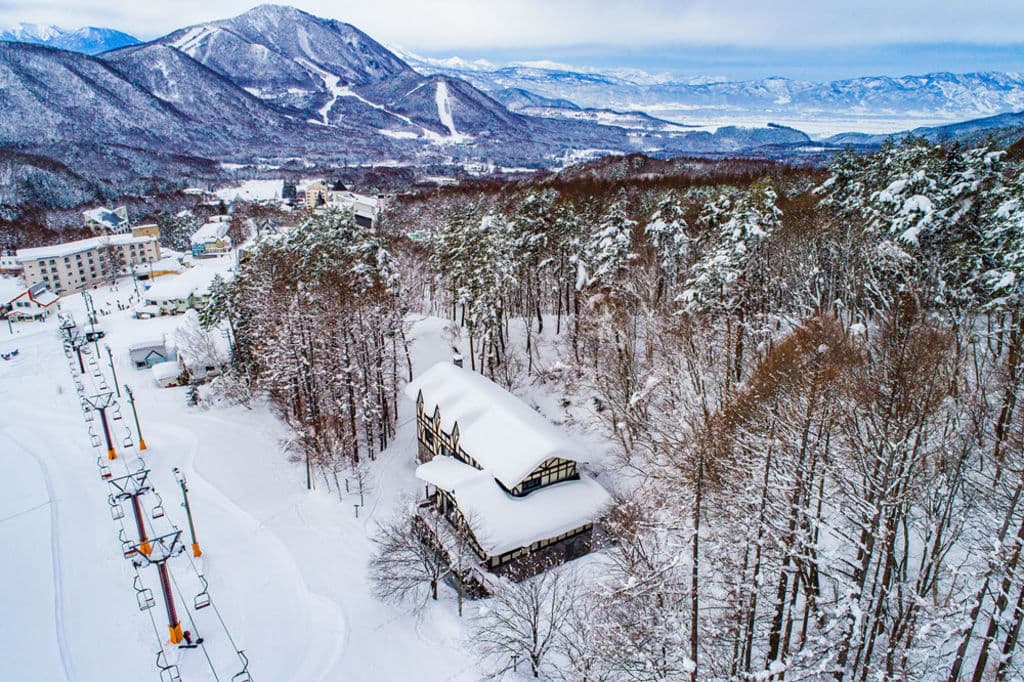
One property – which is aimed squarely at Australian buyers – is the Ryuoo Ski Lodge, a huge holiday house with the potential to be developed into a ski lodge or boutique hotel on nearly 8000 square metres in the Ryuoo Ski Park in Nagano.
The land and current building, which was used as a staff vacation home for a Nagano company, was bought originally in 2015 by a member of the family of Australian Scott Aggett, formerly a Sydney real estate agent, with the intention of developing it into a lodge or hotel. But, with other investments in other parts of the country, they’ve decided to put it up for sale through a local Japanese agent.
“Ryuoo has been going since 1962 and is very established with the Japanese, but it hasn’t yet been discovered by the western market,” said Mr Aggett. “This is where the opportunity lies. It has world-class skiing on its doorstep, surrounded by resorts and with just one other western hotel operator in the village, a Hong Kong-owned 70 guest-room hotel.
“The area is really primed for capital growth and is just 101 minutes from central Tokyo direct on the new Shinkansen line, and a 20-minute shuttle bus or taxi from Ryuoo.
“It’d be perfect for a family or business person and, for the same price as a one-bedroom apartment in Sydney’s eastern suburbs – Y100 million ($1.316 million) – the buyer will get a 30-person-a-night property.”
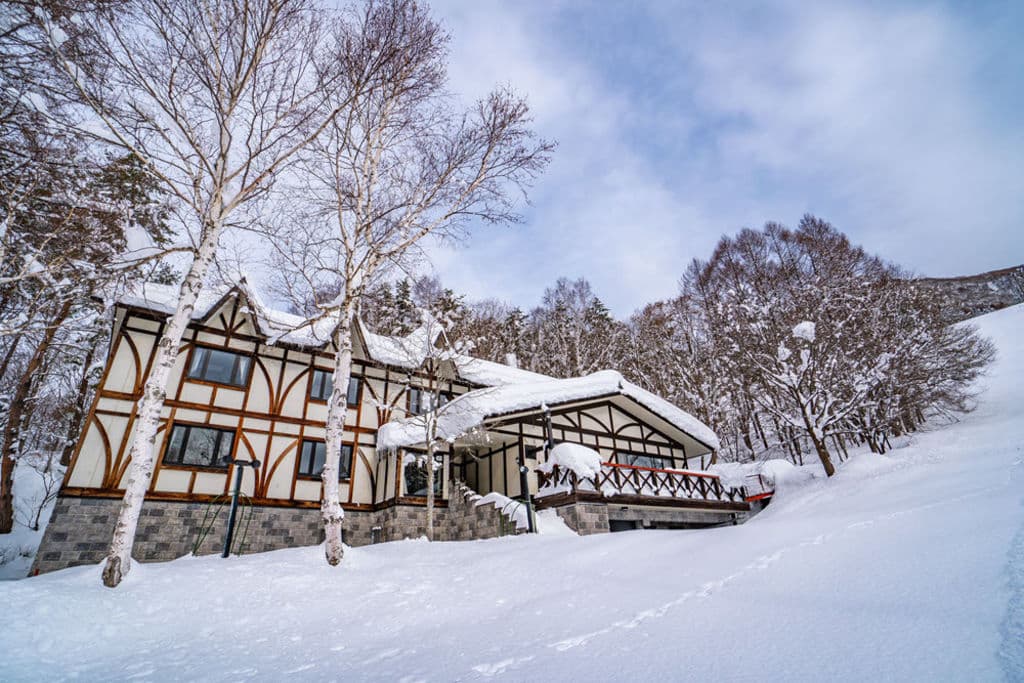
It’s being put on the market at a time when Australian visitation to Japan has hit an all-time high. According to figures from the Japan Tourism Agency, the number of Australian visitors rose by about 10 per cent last year compared with 2017 and, with their average spend per person rising by 7.2 per cent over the same period, they’re the biggest spenders of all overseas tourists.
In addition, the number of foreign tourists visiting resorts for skiing and other winter sports rose 30 per cent to 860,000 in 2017, about 95,000 of whom were Australians.
Many of them were attracted by the quality of the snow at Japanese resorts, which tends to last far longer than that in Australia and New Zealand. As well, Japan is now so accessible for Australian skiers, says Snowscene general manager Emily Warbrick, with direct flights from Sydney, Melbourne, Brisbane, the Gold Coast and Perth.
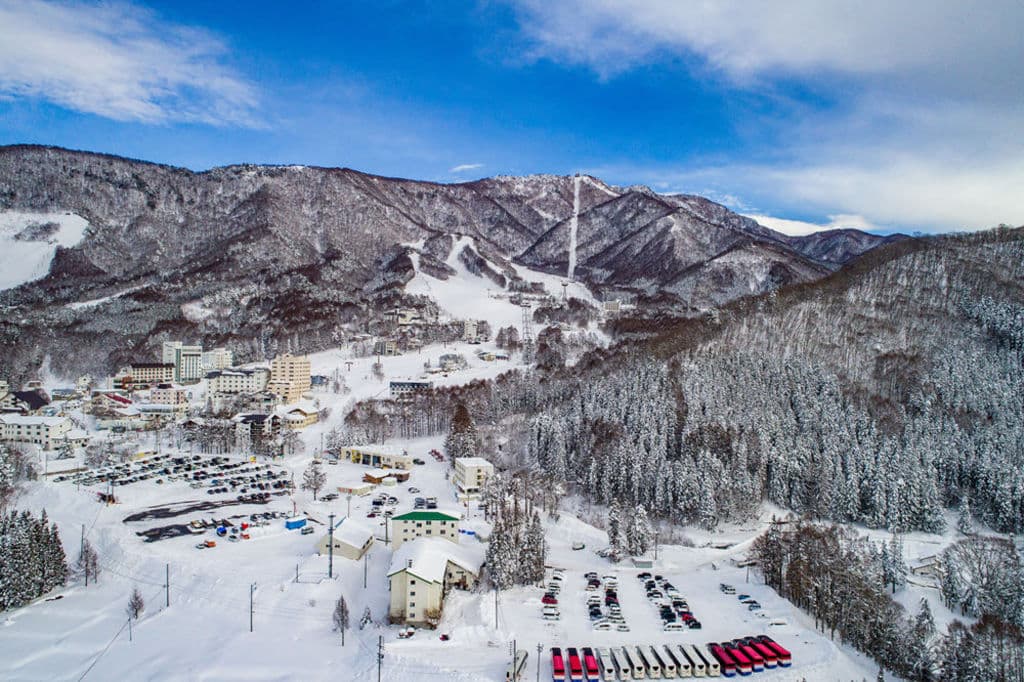
“From Tokyo airports, the ski resorts on the main island are easily accessible by train or bus and, with the same time zone, there’s no jet lag,” she said.
Japanese commercial and residential property prices continue to be low compared with Australian prices, especially with the falling yen, and interest from Australian buyers has been increasing, according to Austrade, with an added factor being the 2020 Olympic Games to be held in Tokyo.
They report that the number of foreigners buying resort properties and commercial buildings and condos in Tokyo is rising strongly.
Another lure is that a foreigner can acquire proprietary rights to Japanese real estate in the same way as a local, and rights to own the land is also permitted. At the same time, good capital growth, market stability and government policies encouraging the reinvigoration of the economy make the market even more attractive.
“Australian investors in ski resorts are really driven by the skiing market,” said Ruskin McLennan, the Australian-based director of Peak Property, which helps buyers of properties in Niseko. “I’m a keen skier and my first piece of land there was 330 square metres, which cost me $30,000 in 2004. Today, that would be worth $1.3 million to $1.4 million.
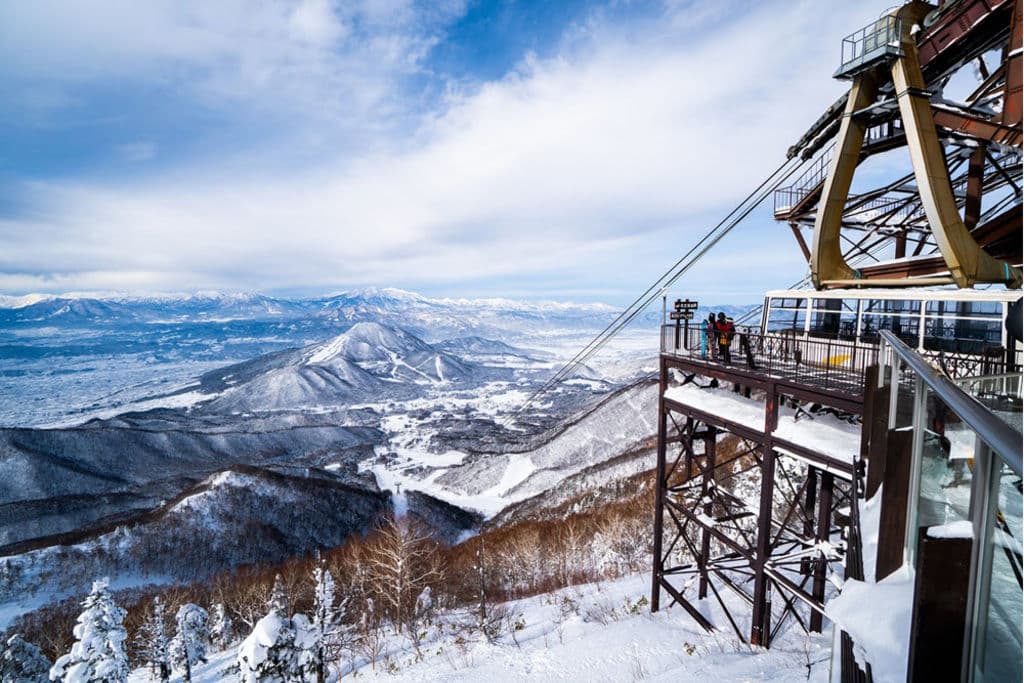
“Activity fell off over the GFC and the earthquake of 2010, but since 2013-14 it’s started to pick up again, and there’s a lot more development in Niseko and at other resorts.”
The Ryuoo site for sale is close to 17 ski courses and trails, a kids’ ski school, a snow park, tubing and snowmobiling, with 13 lifts and a long season typically from early December to May. The building on the site is 690 square metres in size, built in 1997, and can currently sleep 22 guests plus others in the staff quarters.
The property has already received a huge amount of interest on social media.
“We just love the quality of the snow in Japan, and it’s always deeper and ski prices are probably a fifth of the costs of the US, Europe, New Zealand and Australia,” said Mr Aggett, who’s now set up another business in Sydney called Hello Haus, negotiating for property buyers.
“The accommodation is cheaper too and of course we love the culture of Japan. The demand for rooms will also always be underpinned by the growth of the Chinese market with 10 million skiers and the Winter Olympics there [Beijing] in 2022.”
